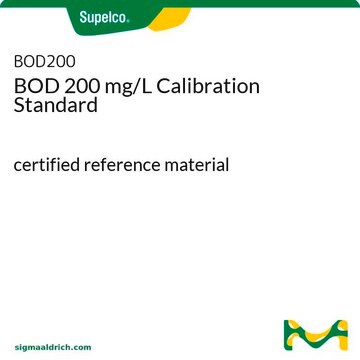Wichtige Dokumente
32106
Reserpin-(3′,4′,5′-trimethoxy-d9)
VETRANAL®, analytical standard
Synonym(e):
(3β,16β,17α,18β,20α)-11,17-Dimethoxy-18-[[3,4,5-tri-(methoxy-d3)benzoyl]-oxy]-yohimban-16-carbonsäure-methylester
About This Item
Empfohlene Produkte
Qualität
analytical standard
Qualitätsniveau
Produktlinie
VETRANAL®
Haltbarkeit
limited shelf life, expiry date on the label
Methode(n)
HPLC: suitable
gas chromatography (GC): suitable
Anwendung(en)
forensics and toxicology
pharmaceutical (small molecule)
veterinary
Format
neat
SMILES String
[2H]C([2H])([2H])Oc1cc(cc(OC([2H])([2H])[2H])c1OC([2H])([2H])[2H])C(=O)O[C@@H]2C[C@@H]3CN4CCc5c([nH]c6cc(OC)ccc56)[C@H]4C[C@@H]3[C@@H]([C@H]2OC)C(=O)OC
InChI
1S/C33H40N2O9/c1-38-19-7-8-20-21-9-10-35-16-18-13-27(44-32(36)17-11-25(39-2)30(41-4)26(12-17)40-3)31(42-5)28(33(37)43-6)22(18)15-24(35)29(21)34-23(20)14-19/h7-8,11-12,14,18,22,24,27-28,31,34H,9-10,13,15-16H2,1-6H3/t18-,22+,24-,27-,28+,31+/m1/s1/i2D3,3D3,4D3
InChIKey
QEVHRUUCFGRFIF-QXCASUSISA-N
Allgemeine Beschreibung
Anwendung
Rechtliche Hinweise
Signalwort
Danger
H-Sätze
Gefahreneinstufungen
Acute Tox. 4 Oral - Carc. 2 - Repr. 1A - STOT SE 3
Zielorgane
Central nervous system
Lagerklassenschlüssel
6.1C - Combustible acute toxic Cat.3 / toxic compounds or compounds which causing chronic effects
WGK
WGK 3
Flammpunkt (°F)
Not applicable
Flammpunkt (°C)
Not applicable
Hier finden Sie alle aktuellen Versionen:
Analysenzertifikate (COA)
Die passende Version wird nicht angezeigt?
Wenn Sie eine bestimmte Version benötigen, können Sie anhand der Lot- oder Chargennummer nach einem spezifischen Zertifikat suchen.
Besitzen Sie dieses Produkt bereits?
In der Dokumentenbibliothek finden Sie die Dokumentation zu den Produkten, die Sie kürzlich erworben haben.
Unser Team von Wissenschaftlern verfügt über Erfahrung in allen Forschungsbereichen einschließlich Life Science, Materialwissenschaften, chemischer Synthese, Chromatographie, Analytik und vielen mehr..
Setzen Sie sich mit dem technischen Dienst in Verbindung.







